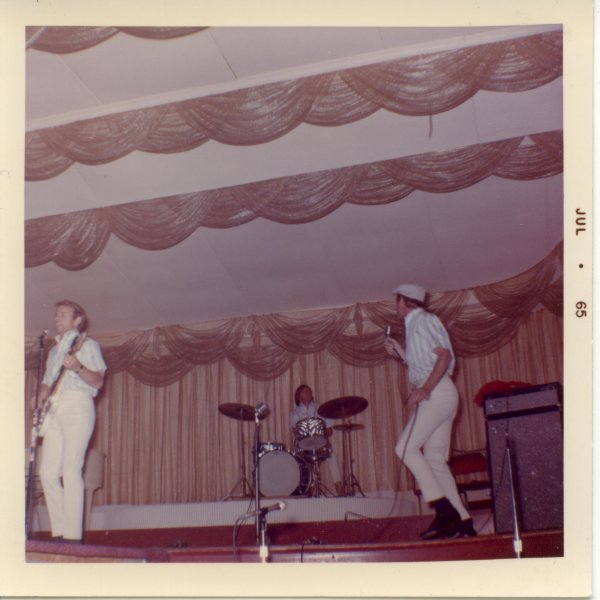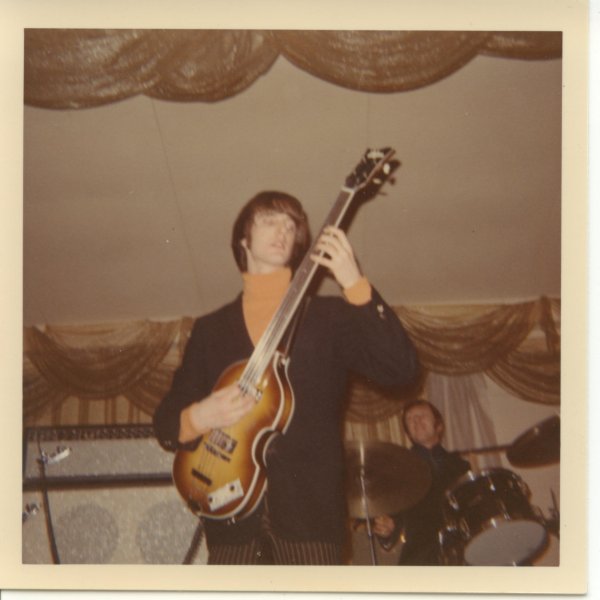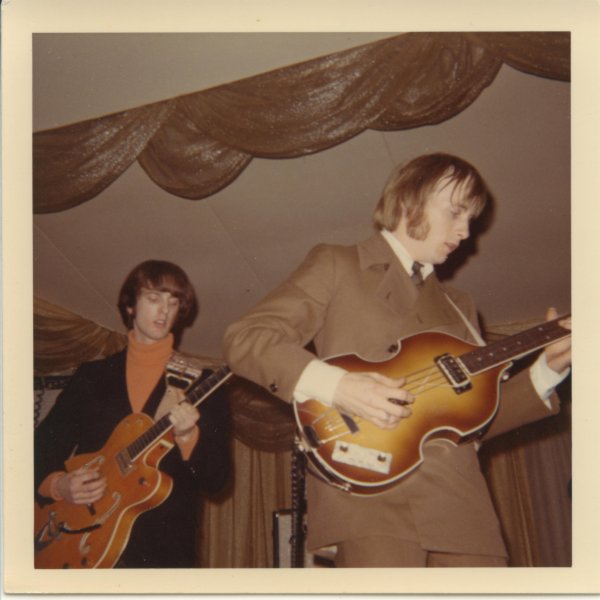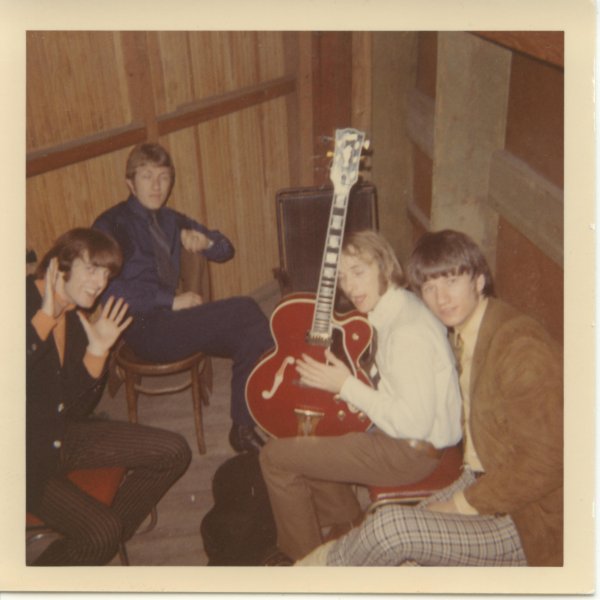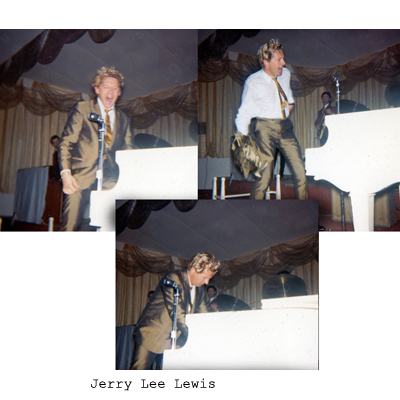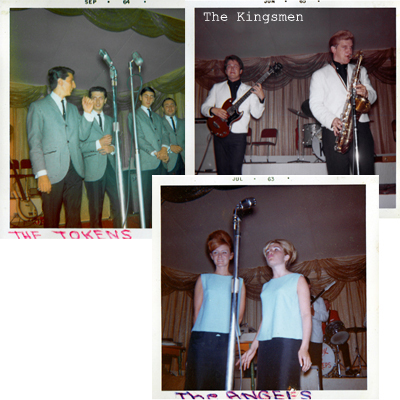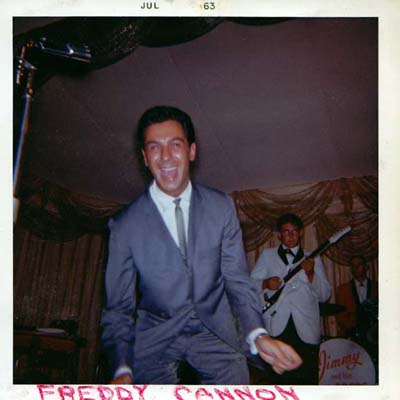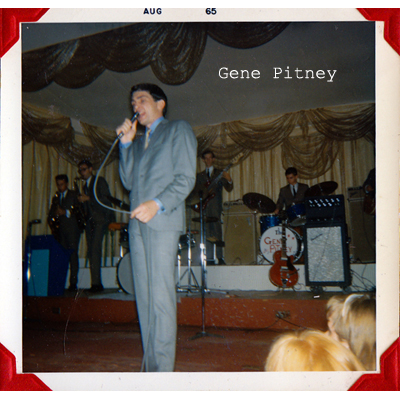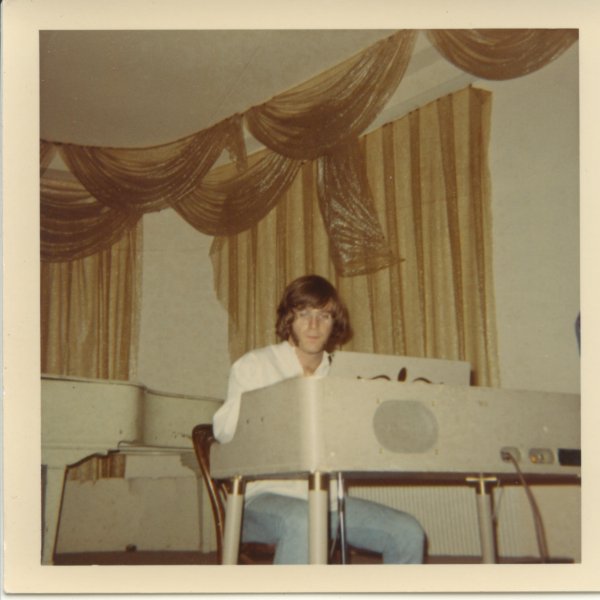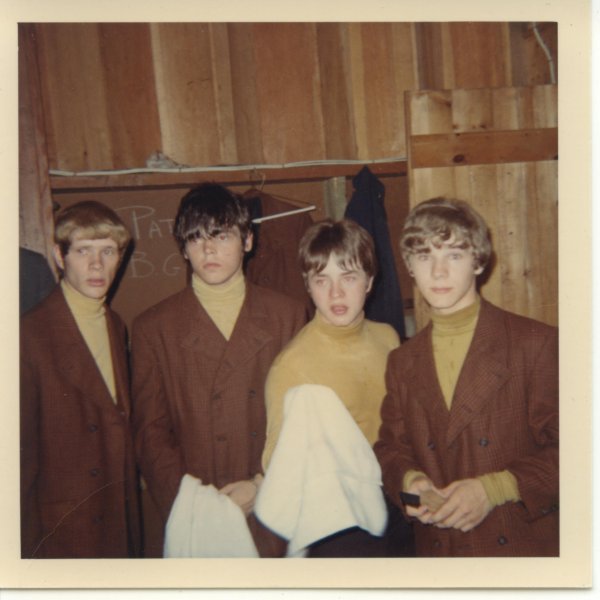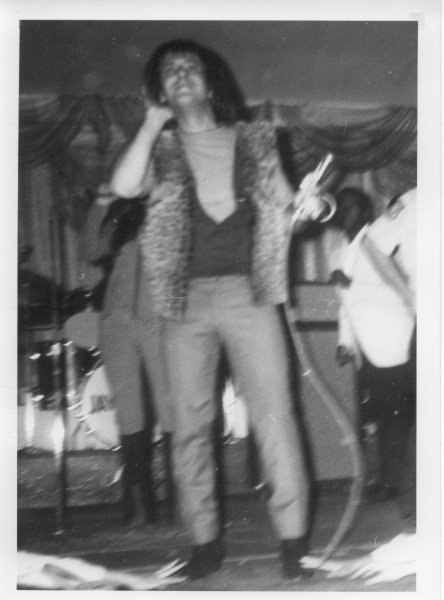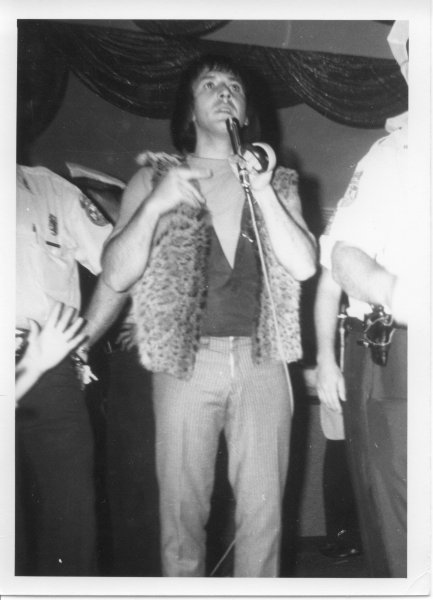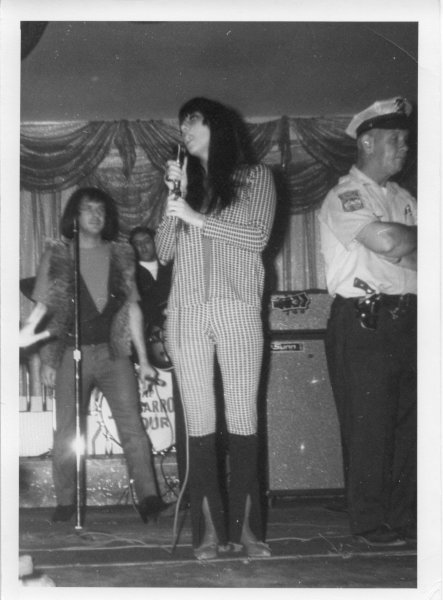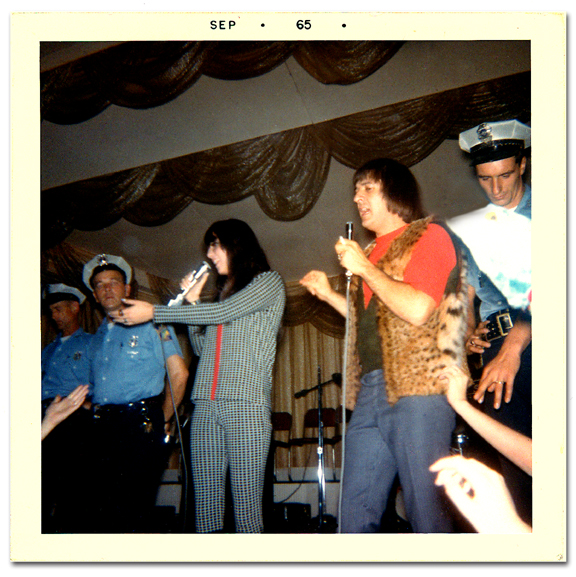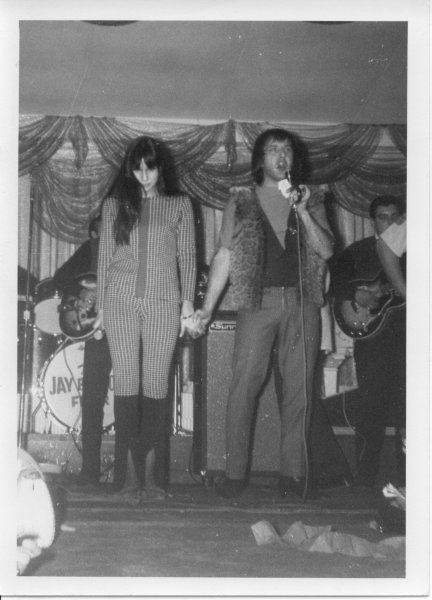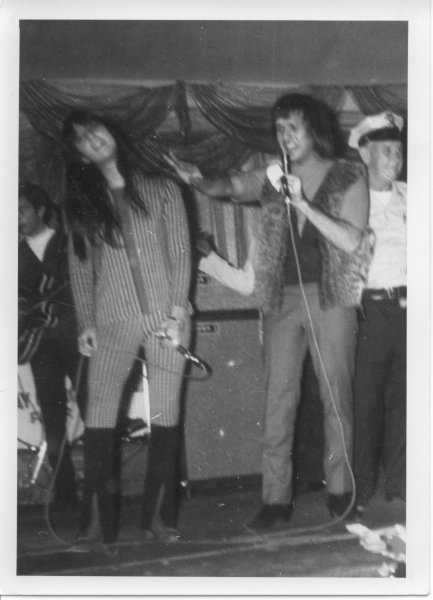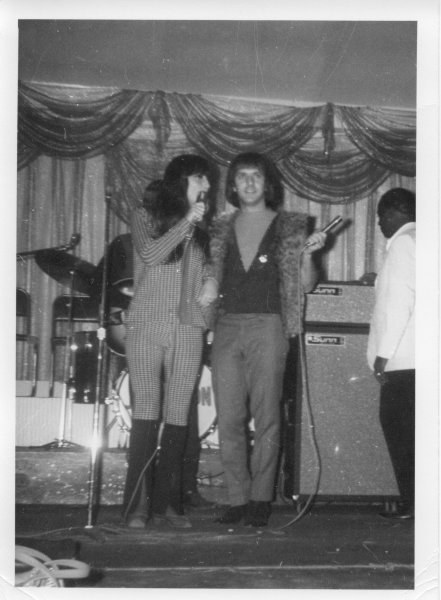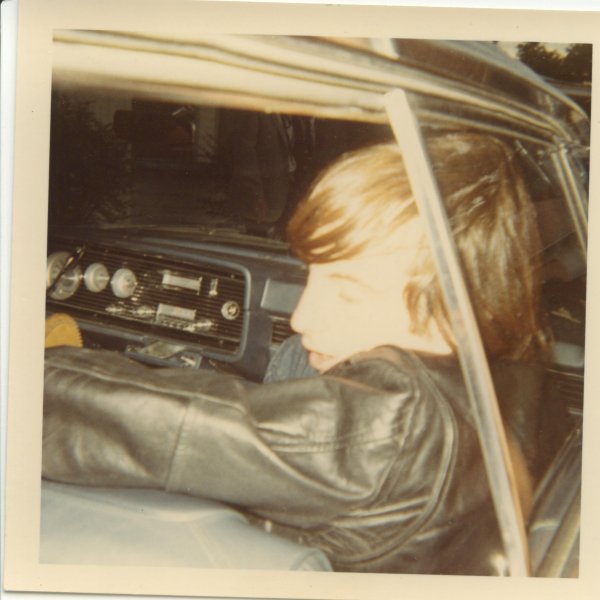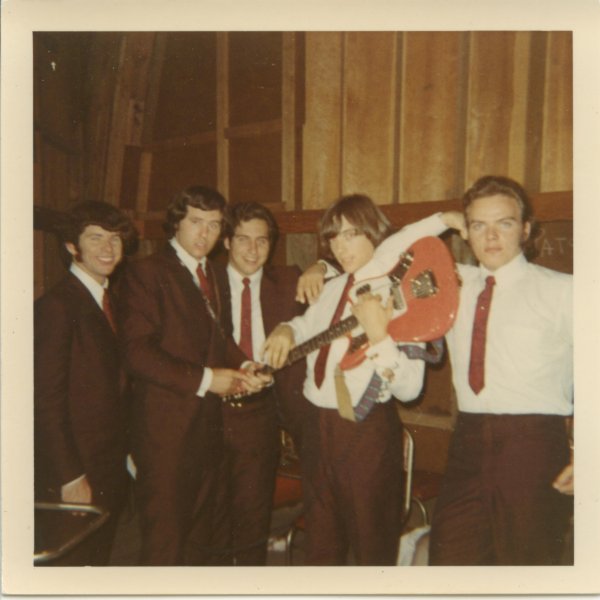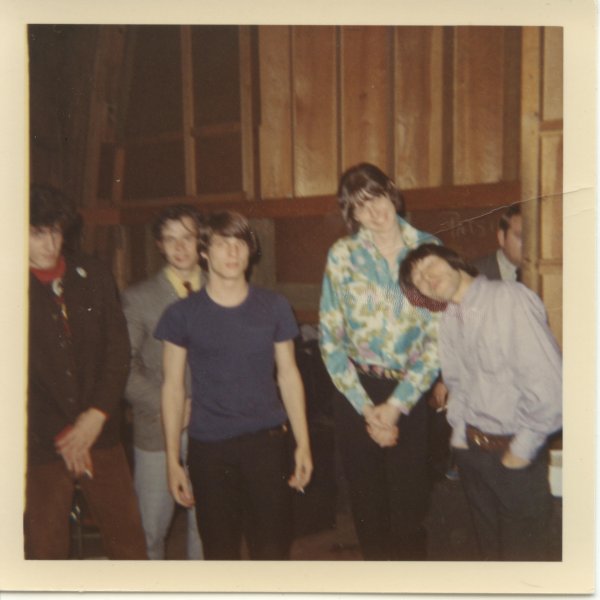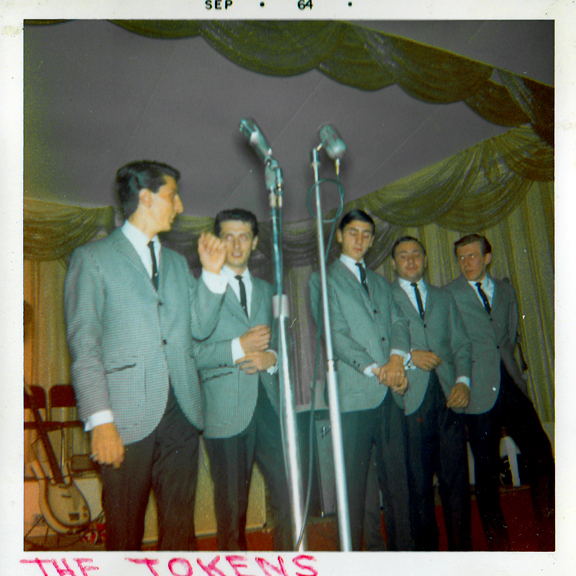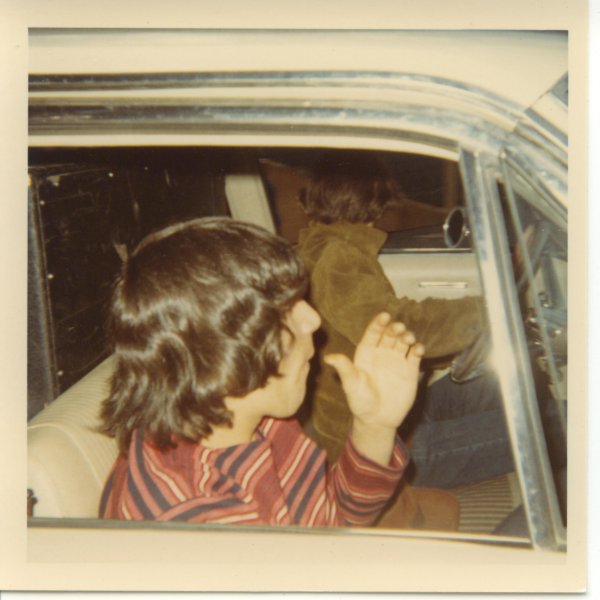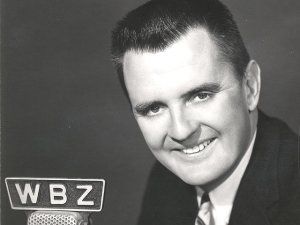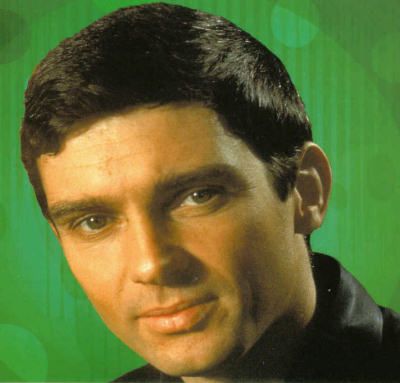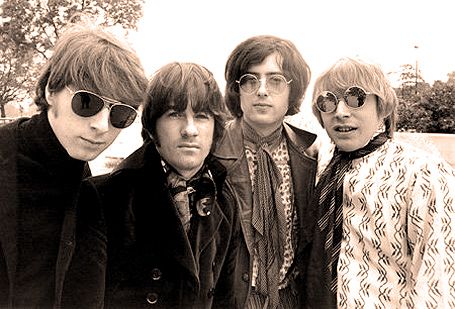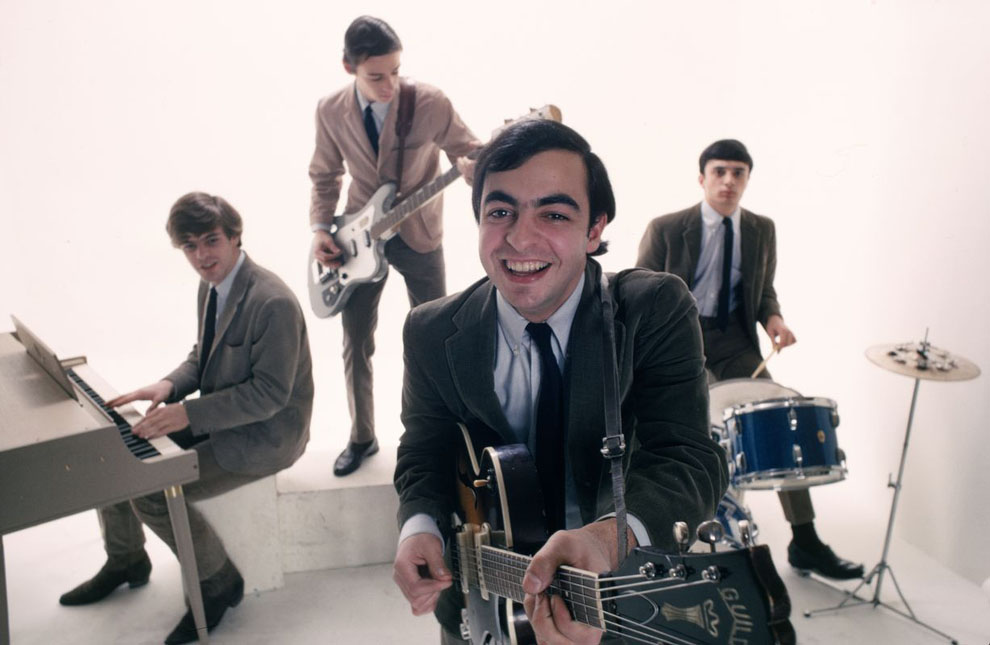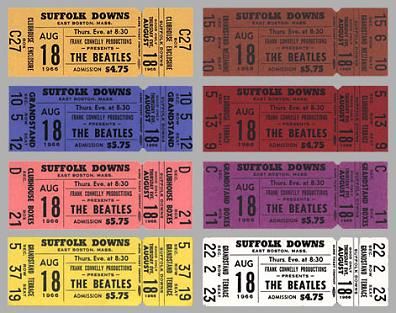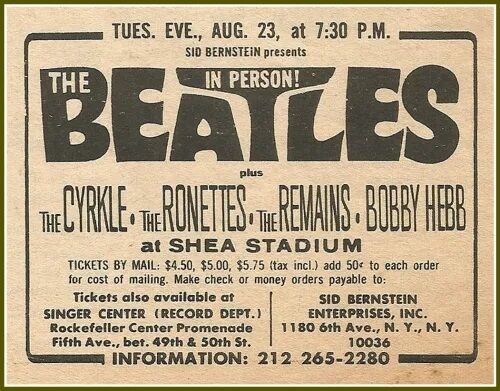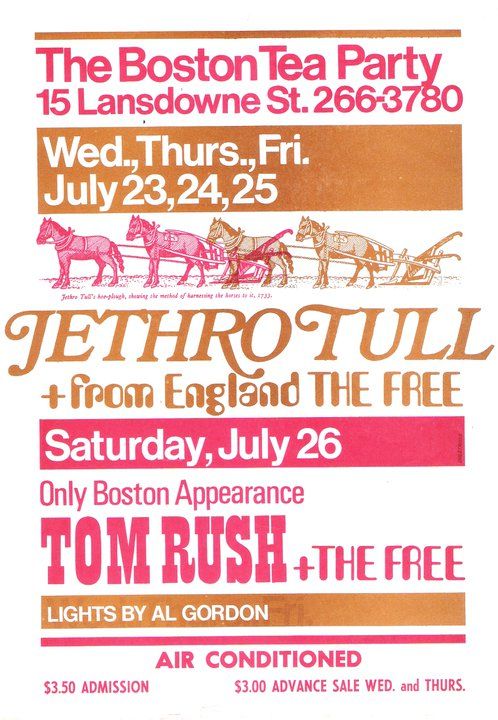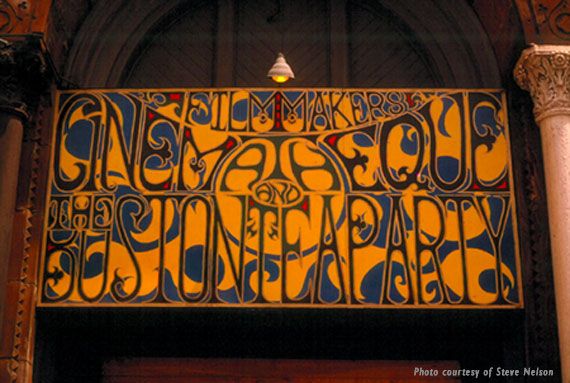Canobie Ballroom Record Hops
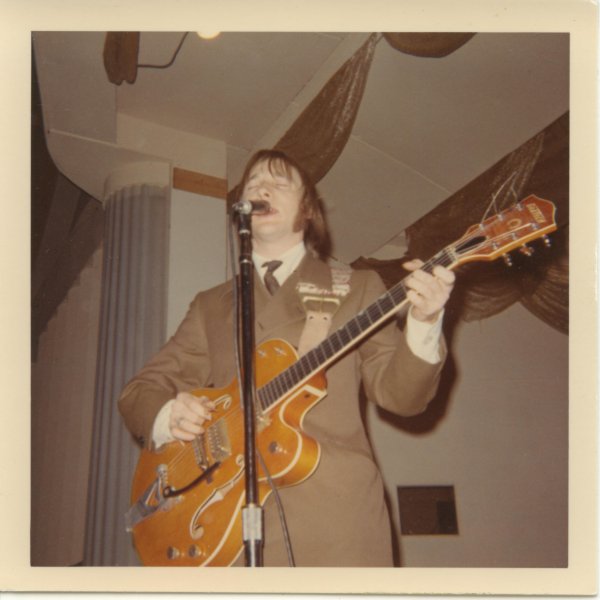
I moved to Salem, New Hampshire in 1958, at age 10. It was a very small town at the time and Route 93 had not yet made its way across border from Massachusetts. The only access routes from Massachusetts were via Route 28 or by a train that stopped at Salem Depot. In fact, that was the official name of the town at the time; they dropped “Depot” years later, when the train service was discontinued.
Rock ‘n’ roll was still in its early stages, but booming like crazy. Elvis had debuted on The Ed Sullivan Show in September 1956, which triggered a massive amount of interest in music among young people in America – from grade schoolers to college kids – and it seemed like future legends of the new genre were popping up every week. By the late ‘50s, every car manufactured came with an AM radio, or at least the option to have one.
Around this time, the terms “disc jockey” and “deejay” were born, meaning the guys who played our favorite records on the radio. Rock ‘n’ roll made people want to dance and the deejays knew it – and capitalized on it. Practically every weekend, there was a local “record hop” where a deejay booked a school auditorium or local function hall, brought a record player and a bunch of 45-rpm singles (aka “45s”), plugged the record player into a large amplifier and spun the hits of the day while kids danced and socialized.
My father and two partners, all in their 30s at the time, bought an old, broken-down amusement park in Salem, Canobie Lake Park. With attendance down dramatically in the immediate post-war years, its glory days were essentially over and the barn of a building known as “the Ballroom” was in significant decay. During the summers between 1958 and 1961, families came to the park during the day but very few folks stayed around at night. The day crowd left early because they often had long rides home and there wasn’t a large enough local population to support staying open past sunset.
But two events eventually turned that around: first, completion of Route 93 across the border into New Hampshire in 1960; second, the rock ‘n’ roll boom.
WBZ in Boston was the powerhouse station for all of New England and my father got in touch with one of its most popular deejays, Dave Maynard. Dave and his business manager, Ruth Clenott from Boston (more on her later) convinced my dad and his partners that a Friday night record hop would bring out thousands of kids, which would be great business for the park and excellent exposure for WBZ. At the time, admission to the park was free (you bought ride tickets separately) but they decided to charge 50 cents to attend the record hops in the Ballroom.
I was around 13 or 14 at the time and for the first summer or two Dave spun his records while kids danced and socialized. An important thing to note is that there was a dress code to attend record hops in the Ballroom; guys had to wear jackets and ties to get in and the girls wore dresses accordingly. This policy presumed that if kids were dressed up, then the event would be seen as formal and that would keep away any hooligans or troublemakers. Parents in the area loved the policy because they felt like their kids were out in a relatively safe environment.
During the record hops, Dave held dance contests and handed out prizes – usually copies of the most popular singles on the radio – so kids loved to participate in order to win. Every now and then, celebrities visited the Boston area to plug their records and Dave would bring them up to Salem to do a meet-and-greet and an autograph session at the weekly record hop. This eventually expanded into an interesting phenomenon, where Dave would play the performer’s record and the performer himself would sing live into a microphone, accompanied by his own music. One of the first acts to do this at Canobie was Johnny Tillotson, a teenage heart throb with a big hit called “Poetry in Motion.” Instead of just hanging out and signing autographs, he jumped on stage and sang along to his own record. It sounded pretty good, as I recall.
Well, this was a big hit with the kids. They swamped Dave with requests to bring more acts like Tillotson to the record hops throughout the summer, and he did. Since many of the acts were in the Boston area weekly to plug their records, it was simple to drive them up to Salem to perform their songs in front of live crowds. Then came one great hit-maker after another: Bobby Lewis singing “Tossin’ and Turnin’,” Del Shannon singing “Runaway” and Curtis Lee singing “Pretty Little Angel Eyes.” All these great acts were right here in our little town and all it cost was 50 cents to see them and get an autograph. Each summer the crowds got bigger and bigger.
Dave’s business manager Ruth was very well connected in the music biz, and soon she took things to a new level. One night she brought in Dick Clark’s Caravan of Stars, which included Clark and a whole bunch of acts in the same show, including Gary U.S. Bonds, Dick and DeeDee, Chubby Checker and a relatively new group from Detroit called The Supremes (yes, with Diana Ross). It was amazing!
Around this time, I became friends with a local kid named Fred Bramante, who loved rock ‘n’ roll and had a keen ability to memorize who performed this record or that, what was on the ‘B’ side and what label put the record out. Needless to say, he was with me from then on at almost every remaining Friday night record hop at Canobie.
Then came more great acts, week after week, summer after summer. The Angels performed “My Boyfriend’s Back” and got the crowd screaming as they wiggled their backsides while they sang. On another week, Gene Pitney, Brian Hyland and Bobby Vinton appeared – all in the same show! Soon the acts started bringing their own bands or back-up groups instead of just syncing along with their records. One of the biggest nights I recall is when Ray Charles performed because the Ballroom was packed, and so was the whole park.
The acts kept coming week after week, and for all us kids in the area it just got better and better. Jerry Lee Lewis rocked the house and appeared two more times at Canobie. Brenda Lee, who was a huge star at the time, played to a packed house. Sam the Sham and Pharaohs (“Wooly Bully” ), the Kingsmen (“Louie Louie”), Paul and Paula (“Hey Paula”) and even the Beach Boys appeared. The Beach Boys’ show was particularly memorable because it was their first tour without Brian Wilson. To take his place on bass and vocals, the band hired a little-known session musician named Glenn Campbell and there he was, wearing a striped shirt as he played a white Fender Precision Bass. When Campbell left the group to pursue a solo career, he was replaced by Bruce Johnston, who performs with what remains of the group to this day.
Then came the start of the British Invasion in 1964, and that summer several major acts from across the pond played at Canobie. The first was the Searchers (“Needles and Pins”), followed by Herman’s Hermits, Peter and Gordon and The Yardbirds (with Jimmy Page). By this time, the original dress code had vanished and people were showing up in bell-bottom pants and paisley shirts. Another era had begun.
The final days of the record hops at Canobie began in 1965, right after what was probably the biggest night in the history of Canobie Lake Park and its Ballroom. Through Dave Maynard, my father had signed a contract with a brand-new act called Sonny and Cher. The contract came about a month before their appearance, and since they had no hits at the time, I recall the contract price being somewhere around $1,500 (about $14,600 in 2024). What no one could predict was that shortly after both parties signed the contract, “I Got You Babe” became a national #1 hit. Sonny and Cher were now huge stars and their management said they wanted more like $10,000 (about $98,000 in 2024) for an appearance at Canobie. My father said he would hold them to the original contract price of $1,500 and they eventually agreed and showed up as advertised. One young lady from Salem had a little Kodak flash camera with her that night and the pictures show Sonny and Cher on stage at Canobie, flanked by at least four police officers for their protection.
After that, I was in a band of my own and didn’t get to Canobie much. But on one of my last times there I saw my favorite group, The Remains, who ended up opening for The Beatles in 1966. A few years later, as part of a massive radio promotion, a band known only locally at the time appeared at Canobie – Aerosmith.
After 1965, the crowds became more rowdy and disorderly, so Canobie Lake Park began phasing out the once-cute little record hops that had turned into superstar concerts. The contract demands by acts were also becoming prohibitive in costs and absurd terms and conditions. One such case was the potential performance by The Young Rascals. In addition to a huge amount of money, their contract required that each of the four guys in the group have his own dressing room (with its own bathroom), that the police on duty must not carry firearms and that the park would rent all the instruments (including a Hammond B-3 organ). They also required that they be picked up at Logan Airport in four separate limousines. My father and his partners said, “No, thanks” and that was the end of the rock ‘n’ roll era at Canobie Lake Park.
Ruth Clenott went on to open her own rock night club in Boston, Where It’s At, which closed right after the opening of the original Boston Tea Party on Berkeley Street. My high school buddy Fred Bramante went on to own and operate a chain of musical-instrument retail stores, Daddy’s Junky Music. In 2010, we at Canobie refurbished the old Ballroom, which we now call the Dance Hall Theater, where we host tribute shows for artists like Elvis and Michael Jackson. In the back of the theater, we built the Canobie Lake Museum, where you can read news articles and see photos of the hundreds of acts that performed there over the decades.
(by Wayne Ulaky)
Wayne Ulaky was bassist and vocalist for The Beacon Street Union.
A partial list of acts that played at Canobie Lake Park:
| The Kingsmen Bobby Lewis The Angels Johnny and the Hurricanes Paul and Paula Gary U.S. Bonds The Supremes Duane Eddy Dick and DeeDee Santo and Johnny The Tokens Mark Dinning Jerry Lee Lewis Ray Charles Gene Pitney Brian Hyland |
Johnny Tillotson Sam the Sham and the Pharaohs The Swinging Medallions Link Wray Claudine Clark (Party Lights) Del Shannon Curtis Lee Chubby Checker The Searchers Barry and the Remains The Barbarians Chad and Jeremy The Yardbirds (with Jimmy Page) The Beach Boys (with Glen Campbell) Sonny and Cher Aerosmith (before they were famous) |

